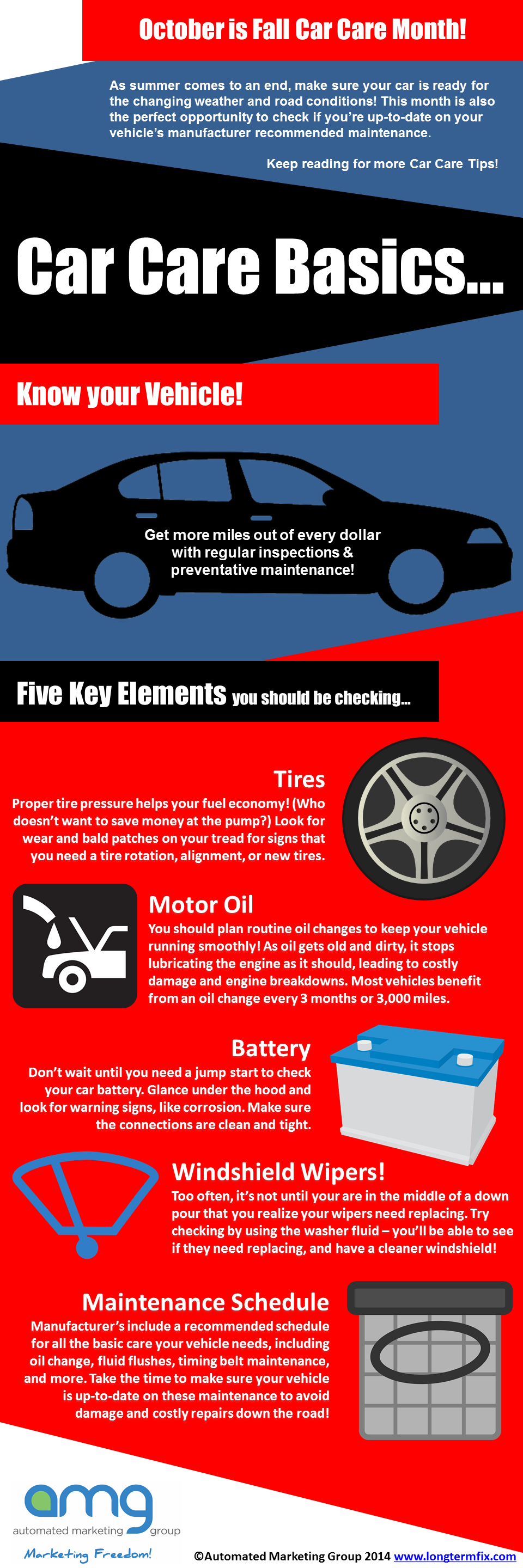Understanding The Significance Of Your Vehicle'S Warning Signals: What They In Fact Represent
Understanding The Significance Of Your Vehicle'S Warning Signals: What They In Fact Represent
Blog Article
Web Content Author-Sykes Winters
When you lag the wheel, those glowing warning lights on your control panel can be a bit bewildering. Do you know what they're trying to tell you about your cars and truck's health and wellness? Recognizing the relevance of these lights is crucial for your safety and the long life of your automobile. So, the next time one of those lights appears, would not you intend to decipher its message precisely and take the necessary actions to address it?
Common Warning Lighting and Interpretations
Identify typical caution lights in your cars and truck and recognize their significances to guarantee safe driving.
The most regular warning lights consist of the check engine light, which signifies issues with the engine or exhausts system. If this light comes on, it's vital to have your lorry inspected immediately.
The oil pressure advising light suggests reduced oil pressure, needing instant interest to avoid engine damage.
A flashing battery light could suggest a faulty charging system, potentially leaving you stranded if not dealt with.
The tire stress monitoring system (TPMS) light informs you to reduced tire pressure, affecting vehicle stability and gas effectiveness. Disregarding this might cause unsafe driving problems.
The abdominal light indicates a problem with the anti-lock braking system, compromising your capability to stop quickly in emergency situations.
Lastly, the coolant temperature level warning light warns of engine overheating, which can lead to extreme damage otherwise resolved swiftly.
Understanding these common warning lights will certainly help you deal with concerns promptly and keep secure driving problems.
Importance of Prompt Interest
Comprehending the common warning lights in your vehicle is only the primary step; the importance of immediately addressing these warnings can't be emphasized enough to guarantee your safety and security on the road.
When a caution light brightens on your dashboard, it's your auto's way of communicating a possible concern that needs focus. Overlooking visit this hyperlink can bring about a lot more severe problems down the road, jeopardizing your safety and potentially costing you extra out of commission.
Prompt attention to advising lights can prevent breakdowns and crashes. As an example, a blinking check engine light can show a misfire that, if left unattended, might create damages to the catalytic converter. Addressing this without delay can save you from a pricey repair work.
Likewise, a brake system warning light could signify low brake liquid or used brake pads, essential elements for your security when driving.
Do It Yourself Troubleshooting Tips
If you see a caution light on your dashboard, there are a few do it yourself troubleshooting tips you can try before seeking expert help.
The first step is to consult your vehicle's manual to recognize what the certain caution light shows. In some cases the concern can be as straightforward as a loosened gas cap causing the check engine light. Tightening up the gas cap may fix the trouble.
Another usual concern is a low battery, which can cause various advising lights. Examining the battery links for deterioration and guaranteeing they're safe and secure could fix the trouble.
If a caution light continues, you can attempt resetting it by disconnecting the automobile's battery for a couple of minutes and afterwards reconnecting it. Additionally, checking your automobile's liquid levels, such as oil, coolant, and brake liquid, can assist fix warning lights connected to these systems.
car upholstery cleaner near me
To conclude, understanding your cars and truck's caution lights is necessary for keeping your car running smoothly and safely. By promptly attending to these signals and knowing what they suggest, you can prevent costly repairs and possible breakdowns.
Keep in mind to consult your cars and truck's handbook for specific details on each alerting light and do something about it appropriately to ensure a hassle-free driving experience.
Keep informed, remain safe when driving!
